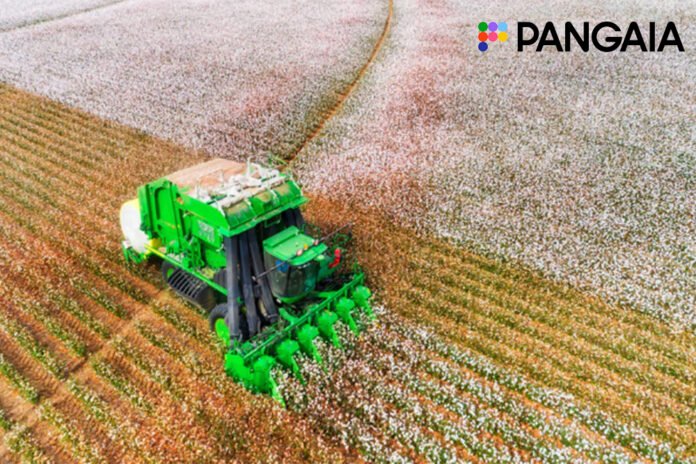When it’s a talk about sustainability and green initiatives, Pangaia is one of the company hard to be out of the news. Cotton is the world’s largest non-food crop, accounting for 24% of global fiber production. However, only 1.4% of all cotton produced is organic, meaning grown without harmful pesticides or GMOs. The over-demand for our favorite natural fiber is causing severe problems for our planet, from soil contamination to the destruction of wildlife and mono-cropping, which takes place when the same crop is repeatedly grown over and over on the same land, depleting the soil’s nutrients and making it less productive over time.
Pangaia excitedly announced that the company is transforming how we source our cotton by transitioning to regenerative farming methods that aim to restore nature, rehabilitate soil health, and train farmers on the ground to create a healthier, healthier, more biodiverse environment. By 2026, the goal is for all virgin cotton at PANGAIA to be sourced from regenerative systems.
The Solution to the Cotton Problem
Regenerative cotton is grown to support the next generation of farmers through long-term economic stability. By working in tandem with local communities, we can encourage better farming practices that protect and rebuild soil health by increasing crop diversity, planting and protecting trees, recycling on-farm biomass, and reducing tillage (the act of churning land minimally to reduce soil erosion and increasing the soil’s organic carbon). Our cotton is currently in conversion to regenerative, and this is a 5-year project that involves investment, data collection, and training to embed regenerative practices into farming systems alongside our agricultural partner Arvind.
Pangaia’s In Conversion Cotton Capsule represents a new beginning for cotton production at PANGAIA. Made with soft, breathable, and lightweight in-conversion cotton have grown using regenerative practices this capsule is a physical manifestation of our next step towards an Earth-positive production model that gives back more than it takes.




